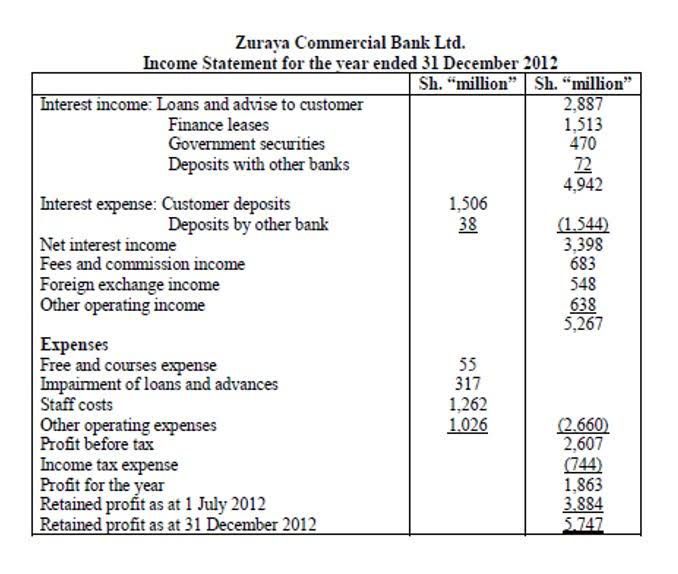
In many states and countries, there are laws to protect creditors who loan money to corporations. Since during a bankruptcy the creditor has the right to be paid before any shareholder receives a return on his or her investment, some laws prevent companies from distributing all of the profits to shareholders immediately. This retained earnings restrictions safeguards the creditors and ensures that the company has at least a percentage of its profits for debt repayment. They do not provide a forward-looking view of a company’s performance or potential risks. To make informed investment decisions, consider combining historical data with future projections and industry analysis.
Even though
some refer to retained earnings appropriations as retained earnings reserves, using
the term reserves is discouraged. In conducting the CFTC’s own analysis, it is important to remember that substituted compliance is not an all-or-nothing proposition. The Commission retains examinations and enforcement authority and it can, should, and will, impose any conditions and take all actions appropriate to protect the safety and soundness of swap dealers and the U.S. financial system. Today, the Commission proposes 25 conditions, including conditions requiring capital reporting and Commission notification that are essential to monitoring the financial condition and capital adequacy of swap dealers.
4 Compare and Contrast Owners’ Equity versus Retained Earnings
These contractual or voluntary restrictions or limitations on retained earnings are
retained earnings appropriations. For example, a loan contract may state that
part of a corporation’s USD 100,000 of retained earnings is not available for cash
dividends until the loan is paid. Or a board of directors may decide to use assets
resulting from net income for plant expansion rather than for cash dividends. An
example of a voluntary restriction was General Electric’s annual report statement
that cash dividends were limited «to support enhanced productive capability and to
provide adequate financial resources for internal and external growth opportunities». Companies formally record retained earnings appropriations by transferring
amounts from Retained Earnings to accounts such as «Appropriation for Loan
Agreement» or «Retained Earnings Appropriated for Plant Expansion».
Here, we’ll see how to calculate retained earnings for the end of the third quarter (Q3) in a fictitious business. Retained earnings don’t appear on the income statement, also known as a profit and loss statement. The income statement will list a net income figure, which might seem to be the same as retained earnings but isn’t.
